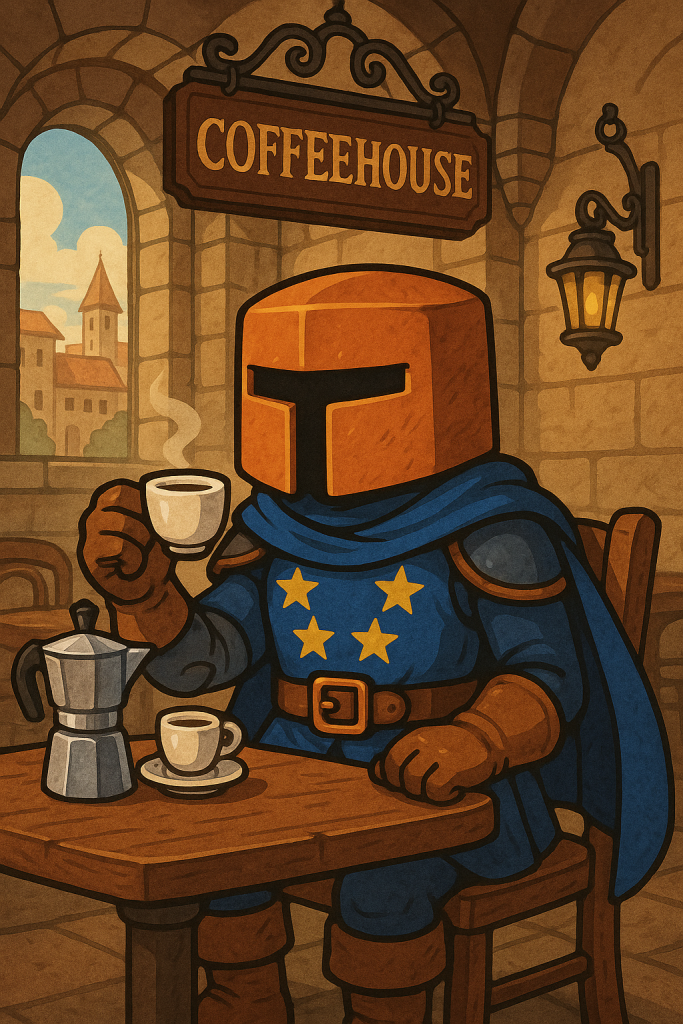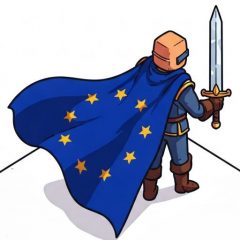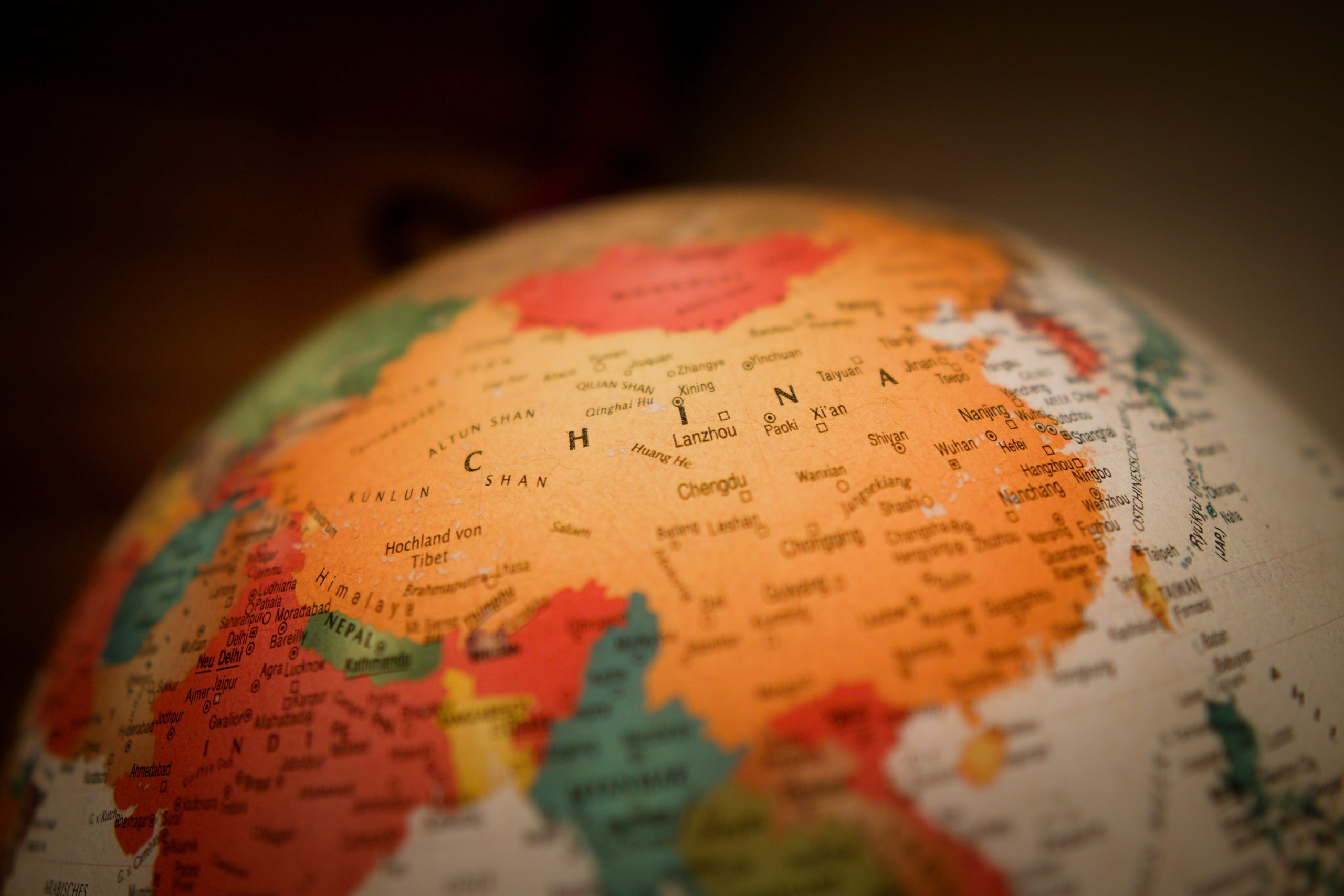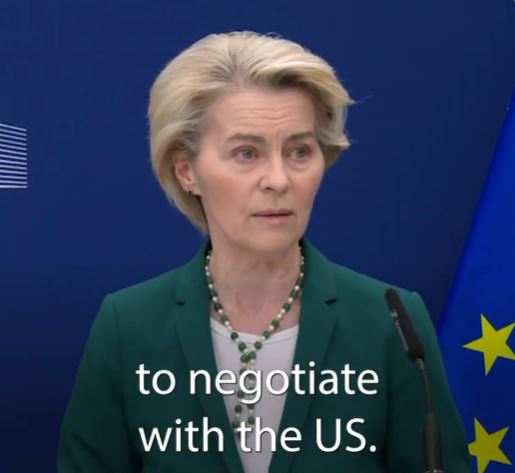Introduction: The New Reality of “Made in Europe”
For generations, the “made in Europe” label has symbolized quality, craftsmanship, and innovation. Whether it’s German engineering, Italian luxury, or French design, European brands have set global standards. But today, a quiet transformation is underway: Chinese companies are not just competing with European brands—they’re reshaping them from within.
From MediaMarkt’s high-profile takeover to Tencent’s strategic move into Ubisoft, Chinese investments are altering the landscape of European industries. But what does this mean for the future of “made in Europe”? And how are tariffs, trade policies, and shifting business strategies redefining what it means to be a European brand?
Fewer Acquisitions, More Greenfield Investments
Contrary to popular belief, Chinese takeovers of European brands have actually declined in recent years. According to EY, the number of Chinese company acquisitions in Europe fell to a 12-year low in 2023, with transactions dropping from 139 to 119 and investment values halving from $4.3 billion to $2 billion. But this doesn’t mean Chinese firms are retreating. Instead, they’re adopting a new playbook: building their own operations in Europe rather than buying existing ones.
Why the Change? Tariffs, Regulations, and a Smarter Strategy
The decline in acquisitions isn’t just about economics—it’s about adaptation. Facing stricter EU regulations, geopolitical tensions, and tariffs on Chinese imports, companies are pivoting toward greenfield investments: setting up new factories, R&D centers, and subsidiaries from scratch.
This strategy allows Chinese firms to:
- Avoid tariffs (which can reach up to 37.6% on Chinese-made EVs) by producing locally.
- Leverage the “made in Europe” label, which still carries weight with consumers.
- Create jobs and supply chains in Europe, making their presence more politically acceptable.
The result? The line between “made in China” and “made in Europe” is blurring—especially in industries like automotive, tech, and consumer electronics.
Case Study: How Chinese Firms Are Entering Europe’s Gates
1. MediaMarkt: A Retail Giant’s New Owners
When MediaMarkt and Saturn were acquired by a Chinese consortium JD.com this month, it sent shockwaves through Europe’s retail sector. The deal wasn’t just about ownership—it was a statement of intent. Chinese investors saw an opportunity to revitalize a struggling giant while gaining a foothold in Europe’s vast consumer electronics market.
But unlike past takeovers, this one came with a twist: The new owners are focusing on modernizing operations, integrating e-commerce, and even exploring local production partnerships—a far cry from the traditional “buy and strip” approach.
2. Tencent and Ubisoft: A Gaming Power Play
In early 2025, Tencent—China’s gaming and tech behemoth—announced a $1.3 billion investment in a new Ubisoft subsidiary. This wasn’t a full acquisition, but a strategic partnership designed to boost Ubisoft’s development capabilities while giving Tencent a stronger presence in Europe’s lucrative gaming market.
Why does this matter? Because it’s a template for future investments:
- A blend of Chinese capital and European creativity, redefining how global brands collaborate.
- No outright takeover, but significant influence.
- Local job creation and innovation, not just cost-cutting.
3. The Automotive Revolution: BYD, Jaecoo, and the EV Surge
Nowhere is China’s new strategy clearer than in Europe’s automotive sector. Brands like BYD, Jaecoo, and Xpeng have doubled their market share in Europe in just one year, reaching over 5% in the first half of 2025—outselling some established European and American competitors.
But here’s the kicker: They’re not just exporting cars from China. BYD is building a factory in Hungary, while other brands are partnering with local suppliers to assemble vehicles in Europe. This allows them to:
- Avoid EU tariffs on imported EVs.
- Market their cars as “made in Europe,” appealing to eco-conscious and patriotic consumers.
- Compete directly with Volkswagen, Renault, and Stellantis on their home turf.
4. Bialetti: An Italian Icon’s 2025 Takeover
In April 2025, Bialetti, the iconic Italian coffee maker known for its Moka Express, was acquired by Nuo Capital, a Chinese investment firm. The deal underscored a broader trend: Chinese investors are targeting not just struggling companies, but iconic European brands with global appeal. Unlike traditional takeovers that lead to cost-cutting or relocation, Bialetti’s new owners have committed to maintaining production in Italy, blending Chinese capital with Italian craftsmanship. This approach preserves the brand’s authenticity while ensuring its global competitiveness—a model that could become more common as Chinese firms target iconic European consumer brands. Yet, consumers may be looking for alternative moka coffee machines made in Europe and owned by European.

How Trade Policies Are Reshaping the Game
The EU’s provisional tariffs on Chinese-made EVs (introduced in mid-2025) were designed to protect European automakers from low-cost competition. But they’ve had an unexpected effect: accelerating Chinese investment in local production.
- Before tariffs: Chinese companies exported finished products to Europe.
- After tariffs: They’re building factories in Europe to sidestep duties.
This isn’t limited to cars. Battery manufacturers, tech firms, and even consumer goods companies are following the same playbook, ensuring their products can still carry the “made in Europe” label—even if the parent company is Chinese.




